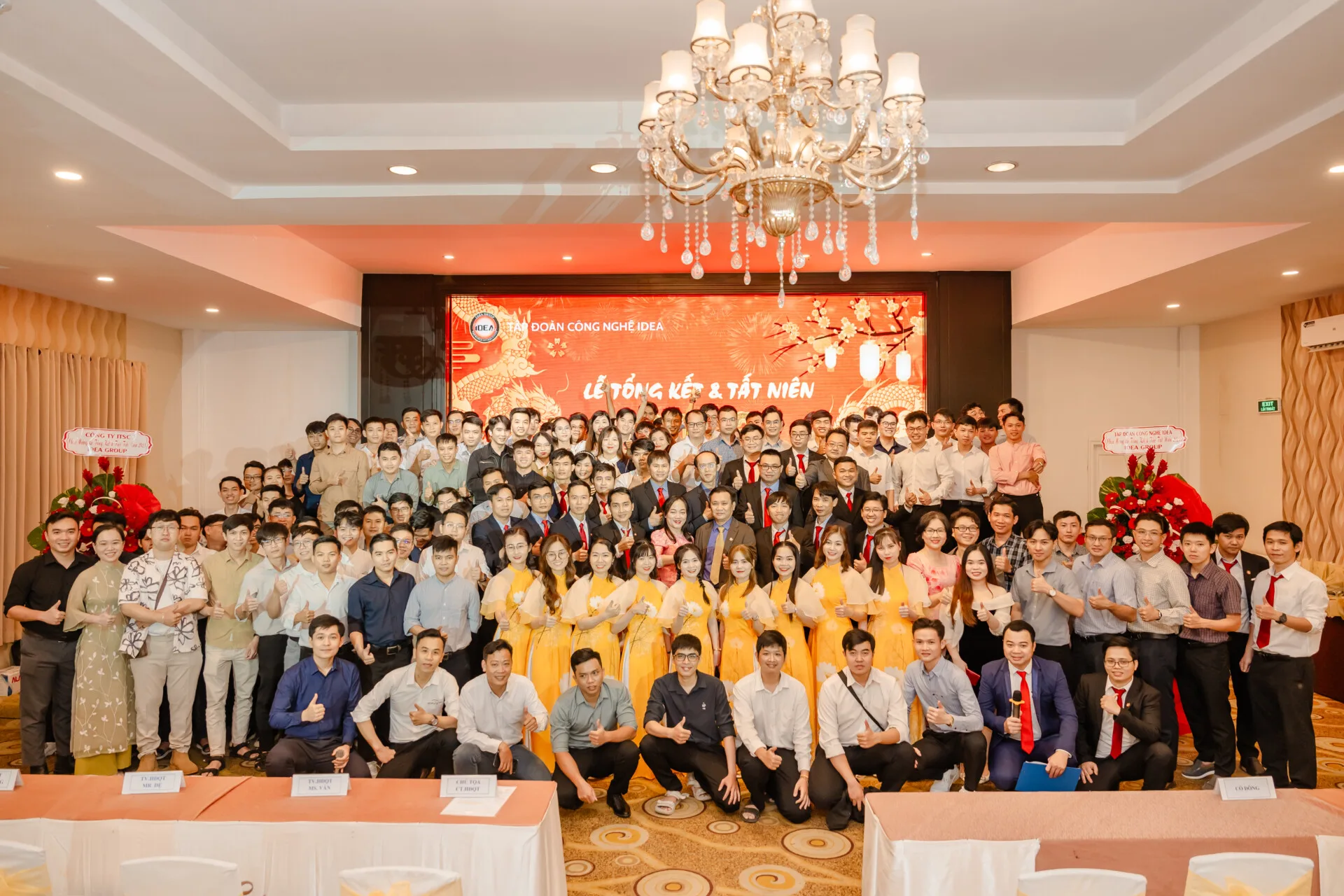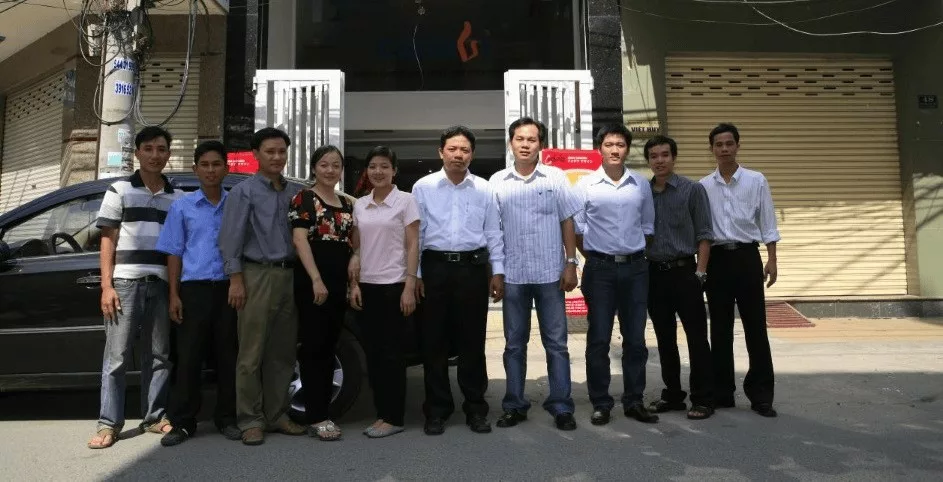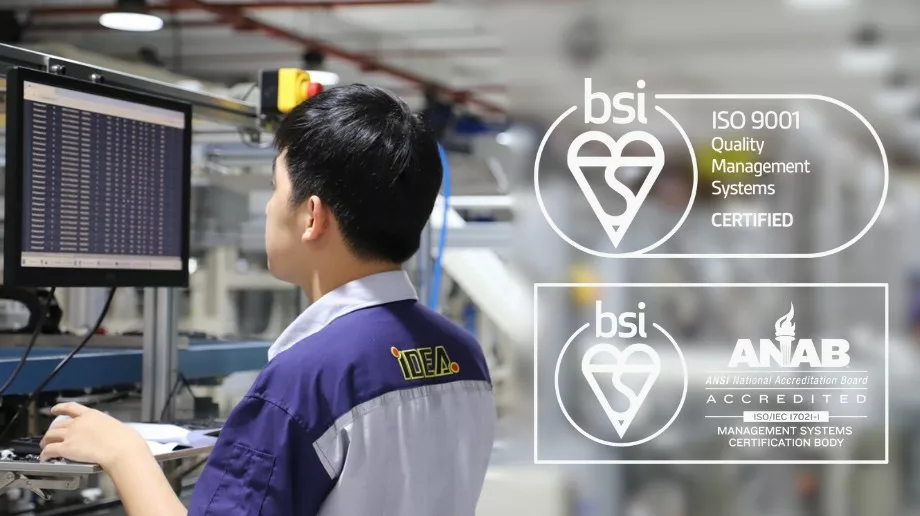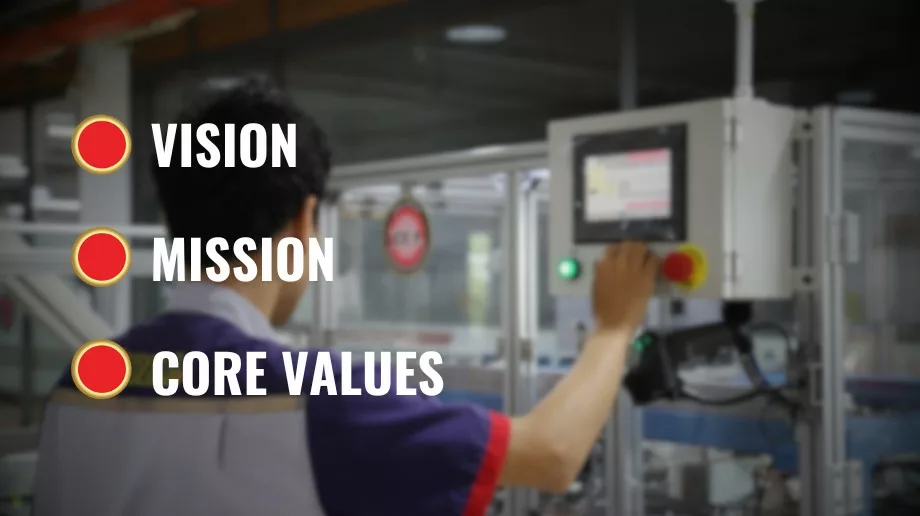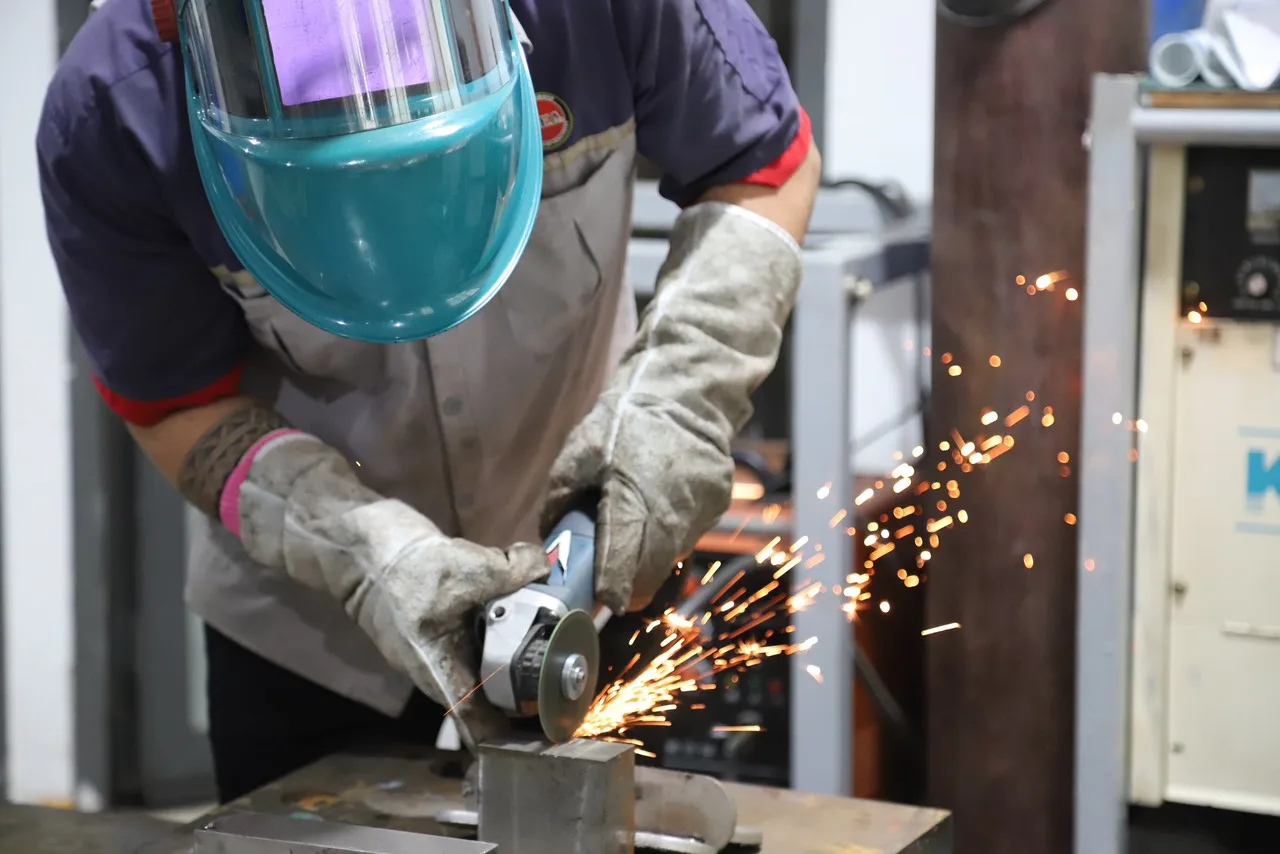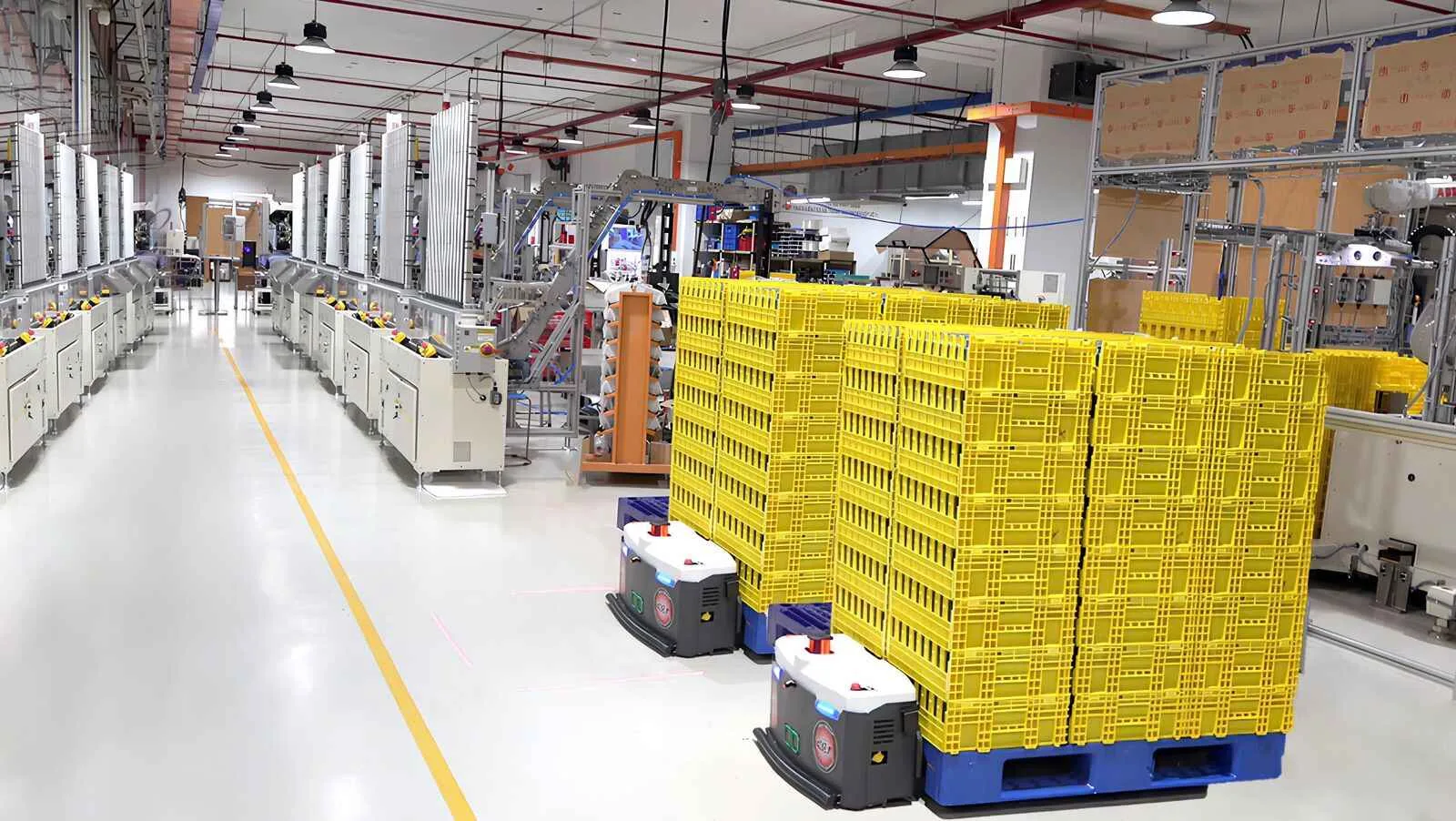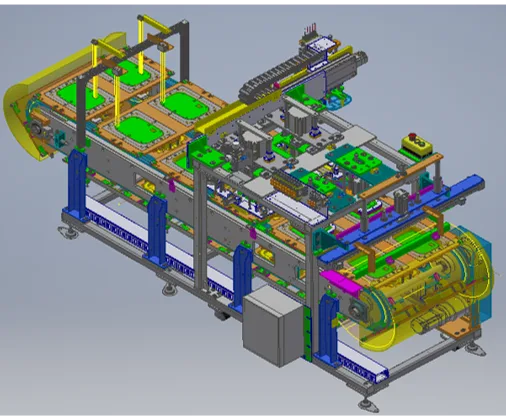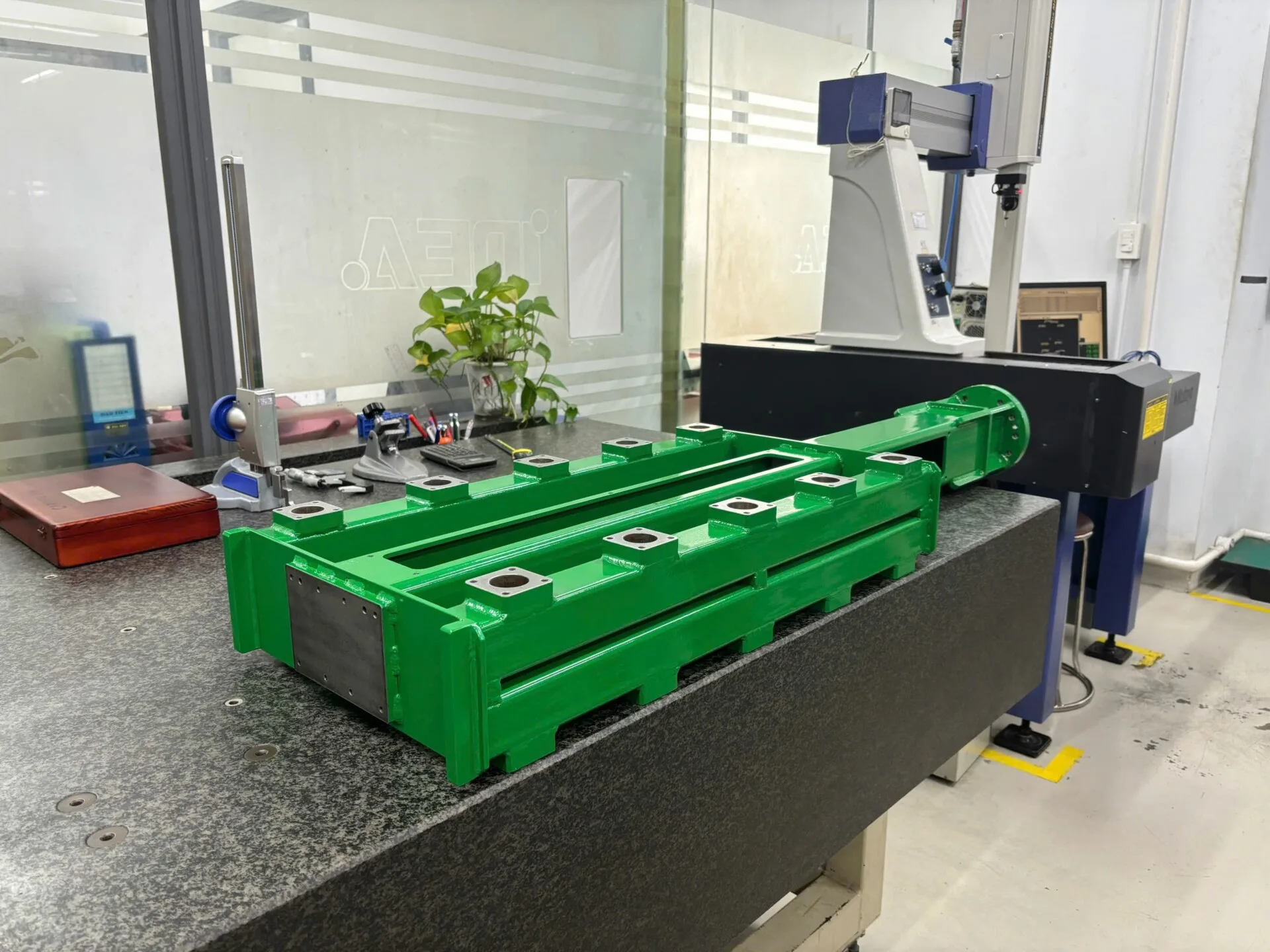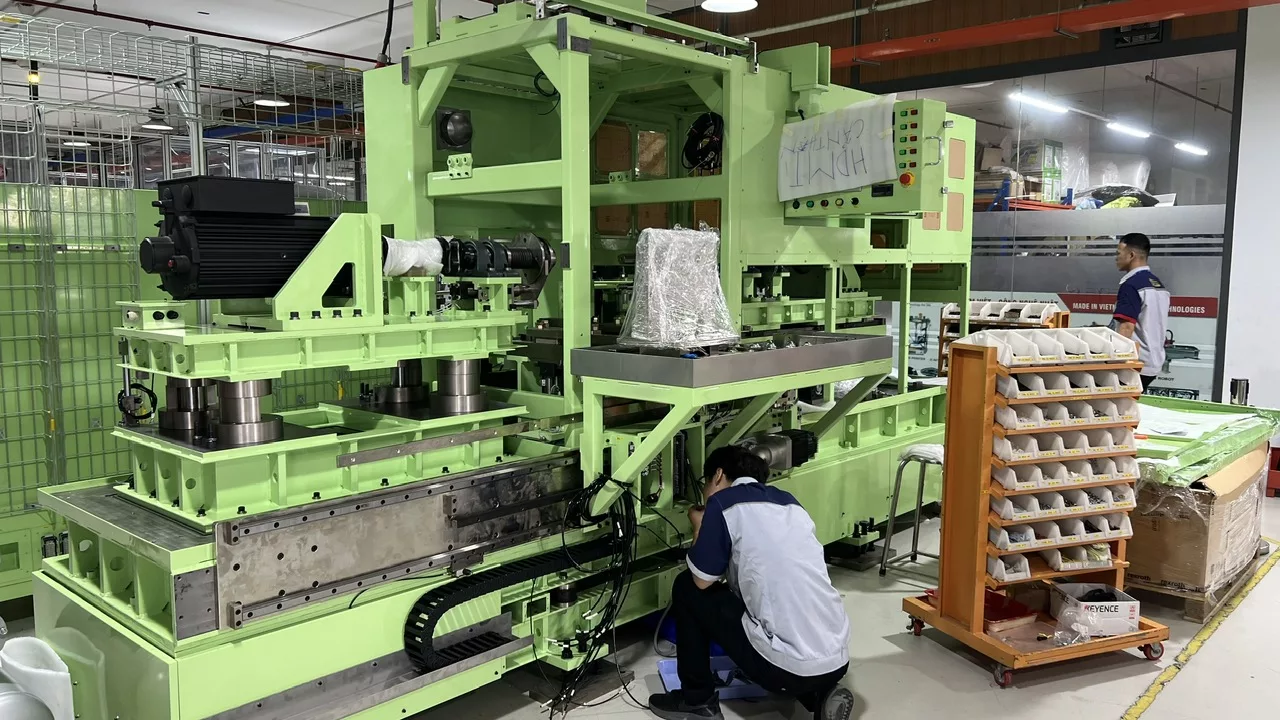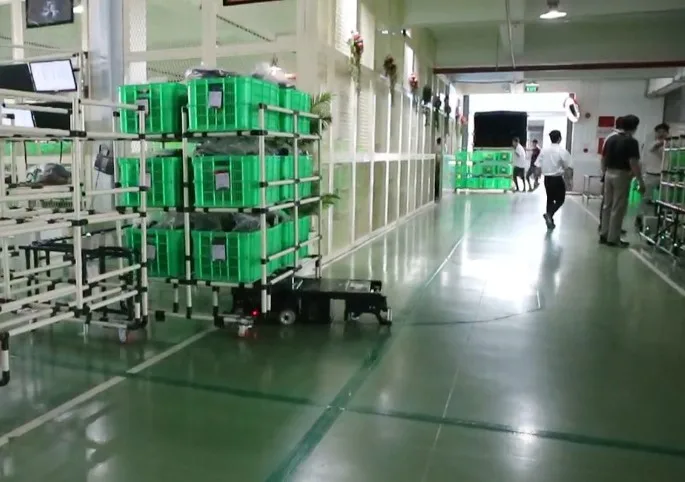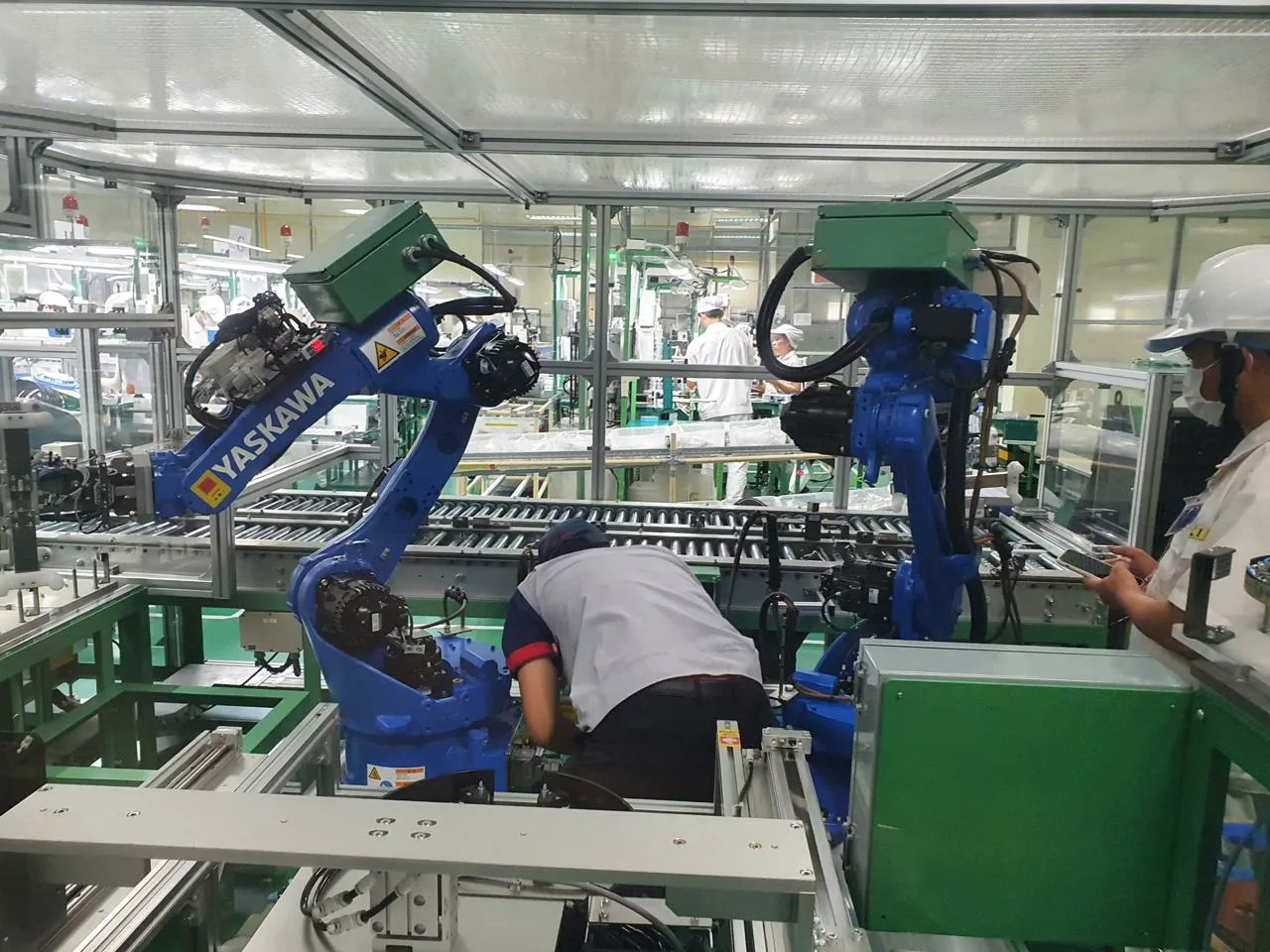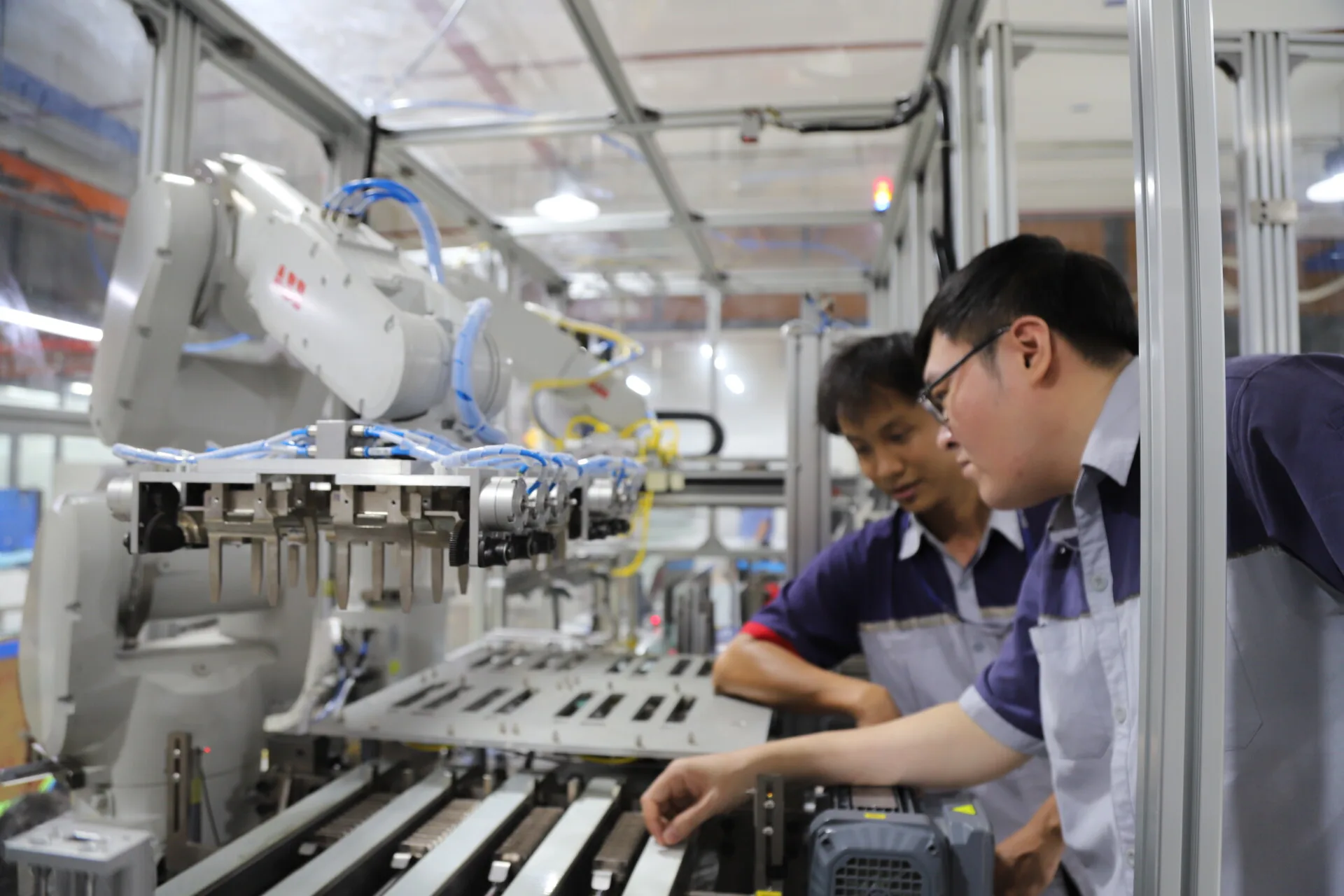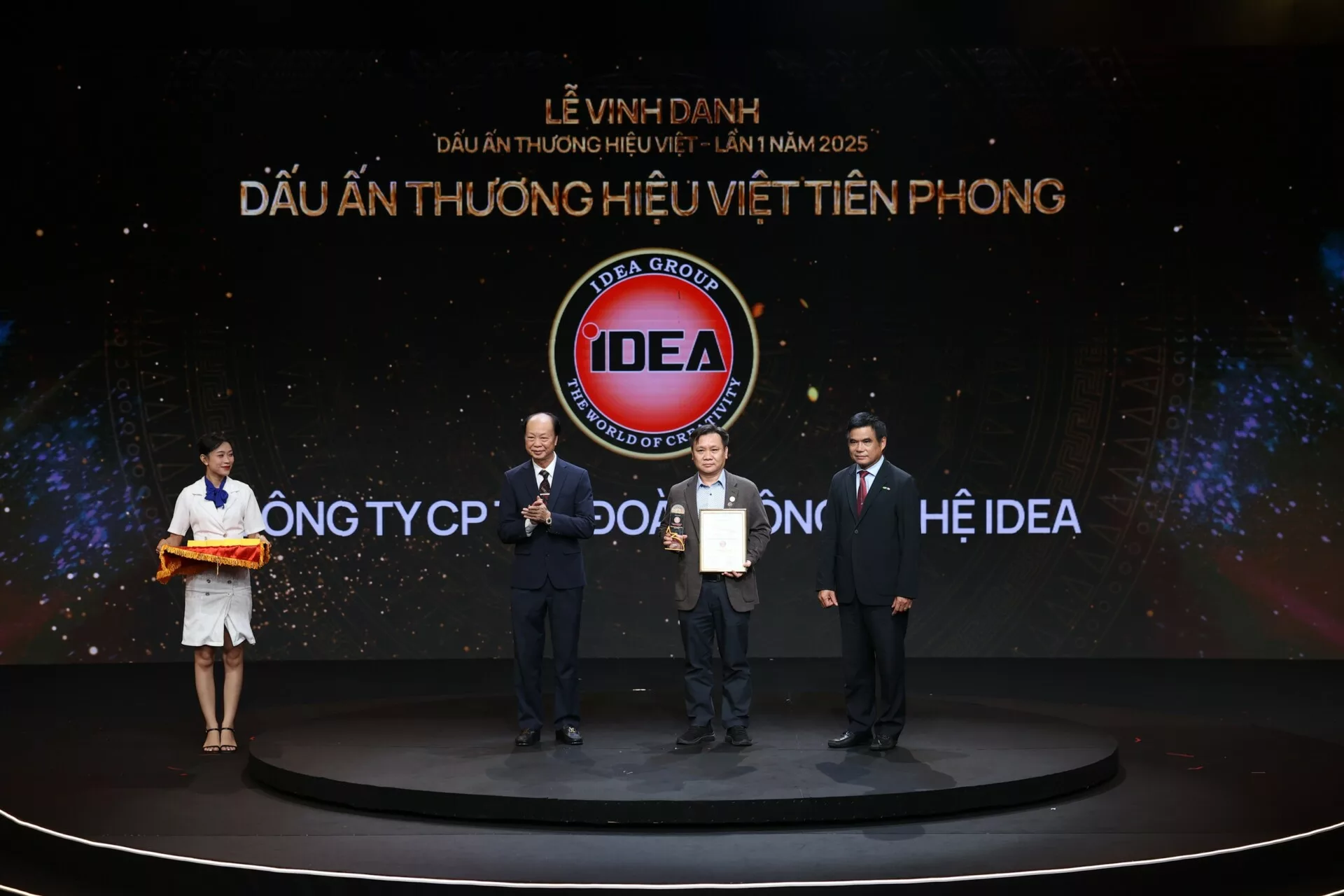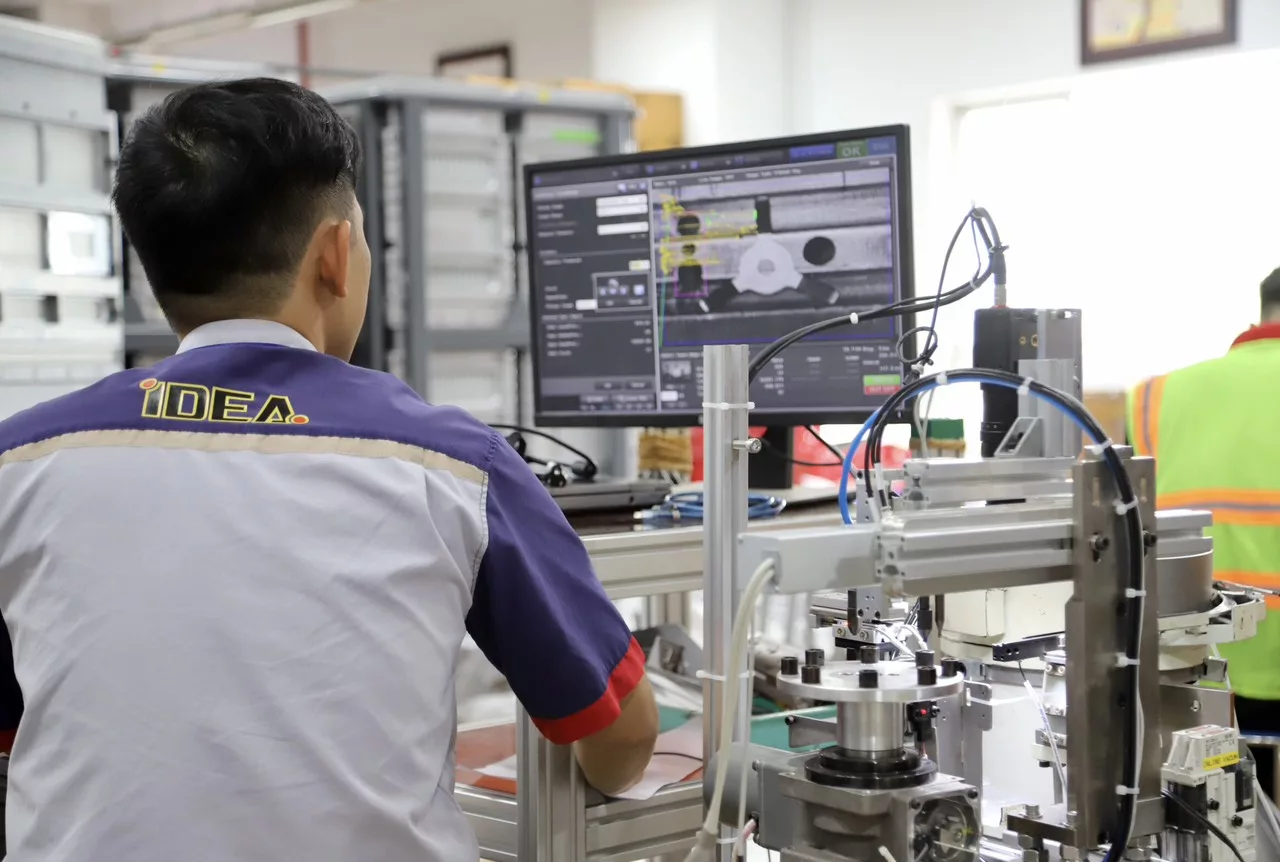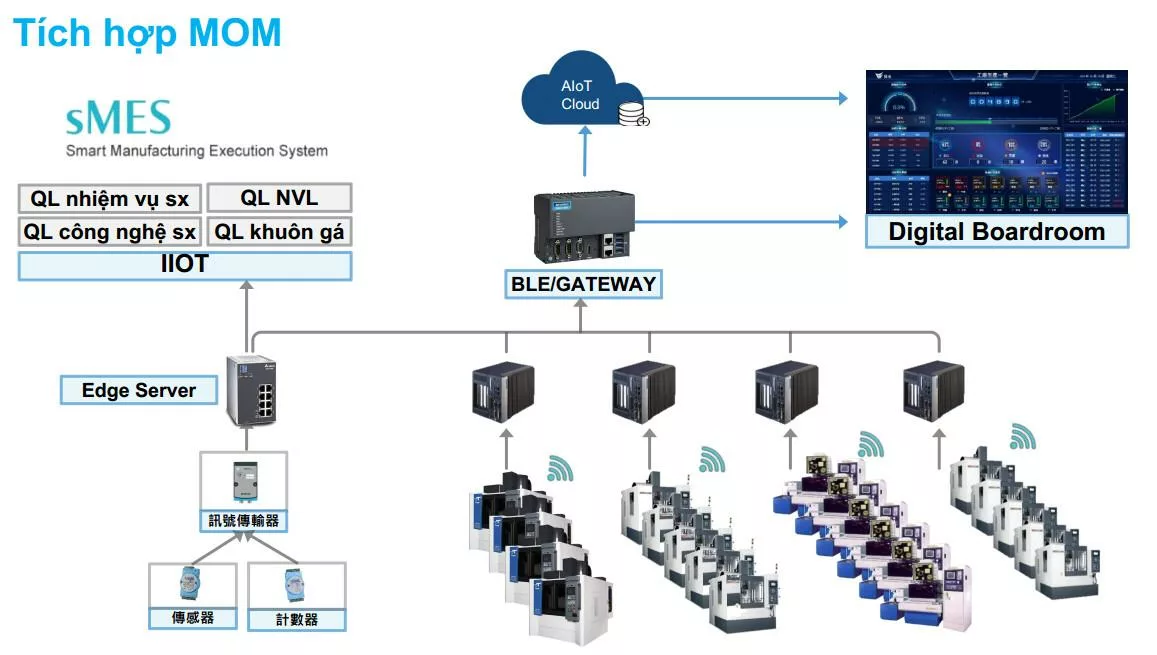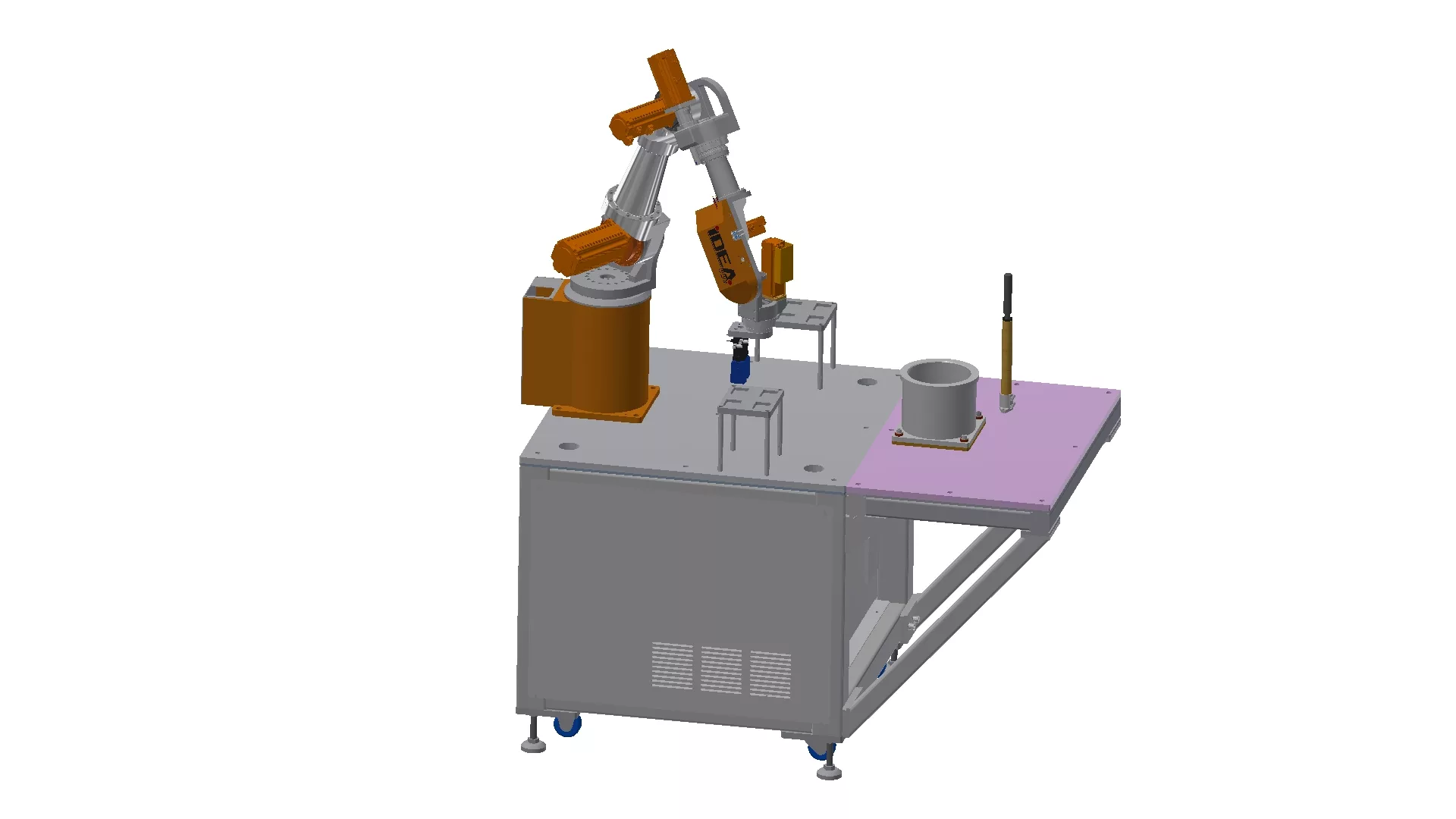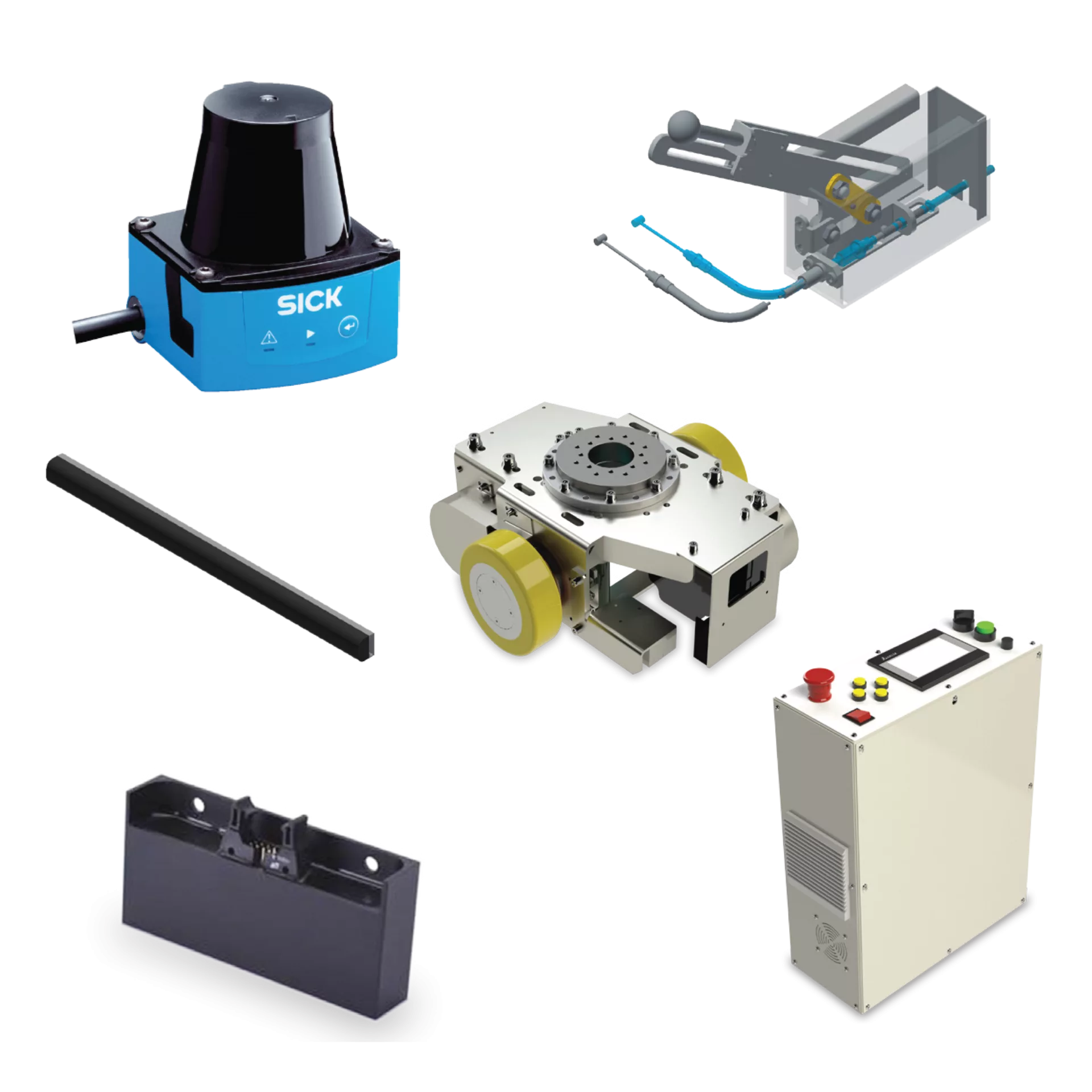In today’s rapidly evolving industrial landscape, the integration of industrial sensors within automation systems is redefining smart control and efficiency. These sophisticated devices collect real-time data, enabling factories and production lines to become more self-aware and responsive. From optimizing energy consumption to minimizing downtime, the role of smart sensors in modern automation is indispensable for industries aiming to stay competitive.
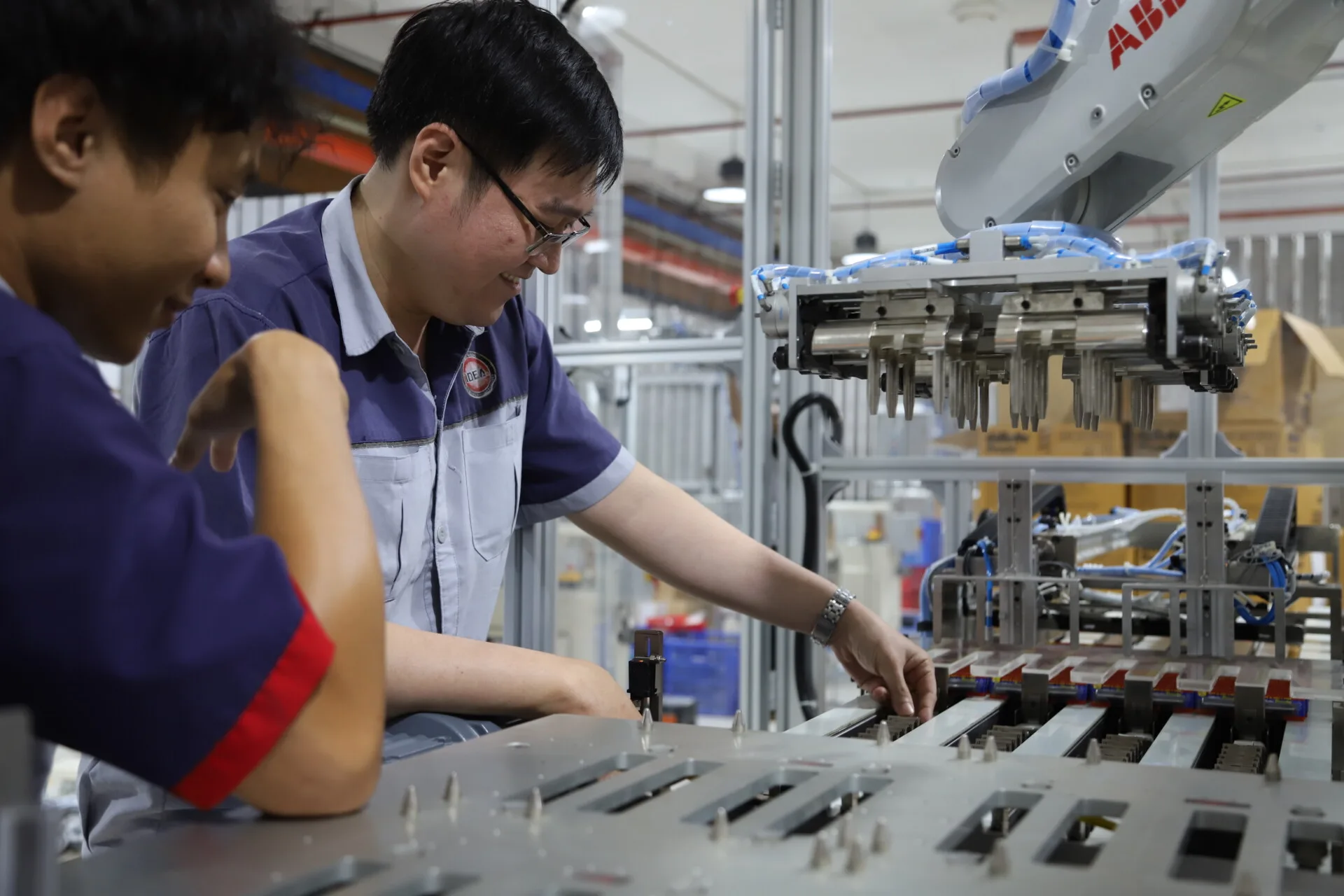
The Role of Industrial Sensors in Automation
Industrial sensors serve as the sensory organs of automated systems. They detect changes in temperature, pressure, position, flow, and other variables—transforming physical phenomena into usable electrical signals. Smart control systems then use these inputs to make real-time decisions, increasing system intelligence and autonomy.
Key Benefits of Sensor Integration
- Enhanced Precision: Accurate measurements reduce errors and improve product quality.
- Predictive Maintenance: Real-time data enables early fault detection, reducing unplanned downtime.
- Energy Efficiency: Sensors help optimize processes, minimizing unnecessary energy use.
- Improved Safety: Monitoring variables like gas leakage or overheating prevents hazardous incidents.
Types of Sensors in Smart Automated Systems
Depending on the specific industrial application, there are a variety of sensors tailored to different use cases:
- Proximity Sensors: Detect object presence or absence without physical contact.
- Temperature Sensors: Maintain optimal thermal conditions for machinery.
- Pressure Sensors: Monitor hydraulic and pneumatic systems.
- Photoelectric Sensors: Commonly used in packaging, sorting, and positioning tasks.
Integrating these technologies enhances product consistency, system integrity, and ultimately, bottom-line performance.
Planning Sensor Integration for Smart Control
A strategic approach is critical when incorporating industrial sensors into automation systems. Key planning steps include:
- Needs Assessment: Understand what variables impact your process most.
- Connectivity: Ensure compatibility with control systems like PLCs or SCADA.
- Data Utilization: Use sensor outputs to optimize process logic and enable AI-driven actions.
Designing machines with modular sensor integration is one of the specialties offered at IDEA’s machine design and drafting services.
Use Case: Sensors Empowering Smart Manufacturing
Manufacturers leveraging sensors in high-speed production lines report measurable improvements. An automation line for bottling beverages, for instance, uses a combination of flow, level, and proximity sensors. These ensure accurate fill levels and detect misaligned bottles in real-time—reducing waste and maximizing throughput.
For an expert look into such applications, explore automation solutions from Che Tao May IDEA, where leading-edge sensor strategies are transforming Vietnamese manufacturing.
Connect Industrial Sensors with Industry 4.0
Smart control becomes revolutionary when sensors connect with IoT platforms and edge computing. This fusion lets manufacturers monitor systems remotely, gain actionable insights, and implement predictive analytics. When combined with automated robotics and machine learning, the production environment becomes a fully autonomous ecosystem.
To source cutting-edge sensor modules and automation hardware, visit IDEA Techmart—a trusted marketplace for industrial electronics and solutions.
Partner with Experts in Industrial Sensor Integration
Seamless sensor integration requires precision engineering and domain expertise. That’s why companies across Vietnam and Asia partner with IDEA—a proven leader in applying industrial sensors to create intelligent, reliable automation systems. Our team ensures that your automation architecture is future-ready and driven by innovation.
Ready to take your automation to the next level with smart control and industrial sensors? Contact IDEA today to start building your custom industrial solution with one of Vietnam’s top engineering partners.

